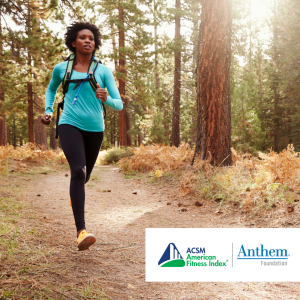
The ancient curse “may you live in interesting times!” seems fitting right now. While the stay-at-home order has constrained our normally hectic lives, we have been able to spend more time with our families and participate in activities we didn’t take time to do before, like going for walks. Here in the U.S., the COVID-19 pandemic is occurring in months when the weather is more favorable for outdoor activities. This has led to some very positive developments, one of which is more people walking and exercising outdoors.
From a public health perspective, walking, biking or any outdoor physical activity is a great form of exercise. Walking, specifically, is very beneficial as evidenced by many studies.[1],[2] Walking reduces blood pressure, heart rate, cholesterol and other cardiovascular risks; the risk of type II diabetes, preterm births and low-for-gestational-age births; as well as incidence of strokes, hypertension, dyslipidemia, asthma and coronary heart disease. And, those are just the physical benefits!
Walking outside offers even more benefits. A summary of the research on this topic[3] indicates that exercising in the natural environment has direct and positive impact on wellbeing, including a greater reduction in blood pressure and cortisol (a hormone released during stress) compared to “synthetic” environments such as gyms, urban spaces and indoor exercise. It is thought that the outdoor environment reflects the role of nature in recovery from stress and mental fatigue. Also, exercising in nature might encourage starting and continuing health-enhancing behaviors like jogging on a path in a park. Interestingly, a review of outdoor versus indoor exercise[4] shows the greater benefit of exercising outside is on mental or emotional measures like better attention, higher energy and tranquility, as well as less anger, fatigue, sadness and depression.
Many communities and municipalities have invested in expanding trails and sidewalks for residents to utilize for exercise and commuting to nearby businesses. While these amenities add great benefits in terms of better health, desirability and home value, these are often near streets with vehicular traffic. This results in added stress from passing cars and trucks not to mention exposure to noise and fumes. Fortunately, some multipurpose trails in suburban and less-developed corridors have fewer adverse factors. State parks and recreation areas also include walking trails, offering more favorable places to exercise in stress-free, clean-air environments. Many residents in the U.S. have access to nearby trails in natural environments which would be ideal for exercising. Do you know of some nearby trails in parks or undeveloped areas that you can use? I’ll bet you do. In case you don’t, use this find a park resource to help.
Author: Terrell Zollinger
[1] https://www.sciencedirect.com/science/article/pii/S0091743506005172
[2] https://bjsm.bmj.com/content/42/4/238.short
[3] https://www.sciencedirect.com/science/article/pii/S0013935118303323
[4] https://bmcpublichealth.biomedcentral.com/articles/10.1186/1471-2458-10-456?dom=prime&src=syn


